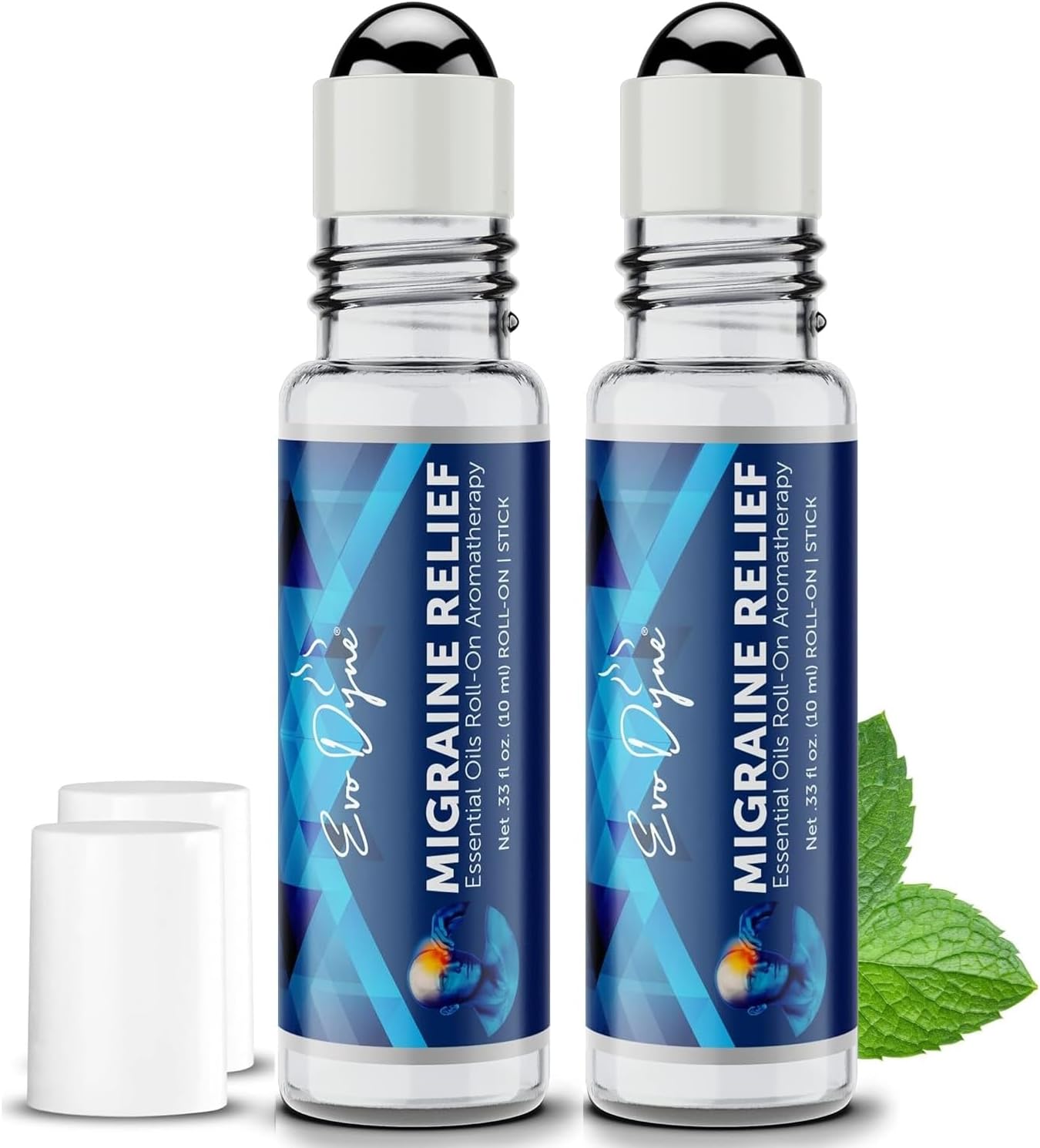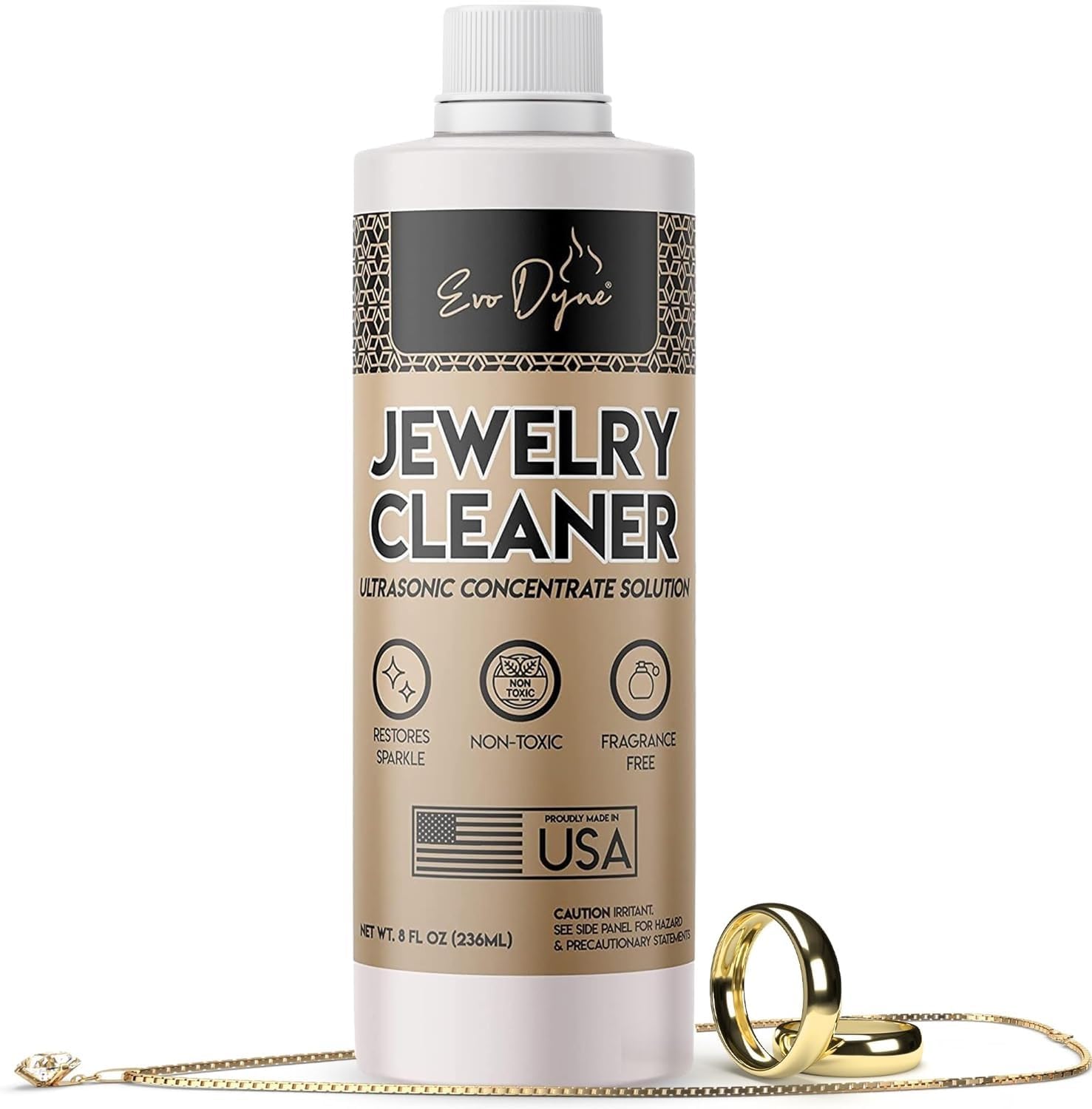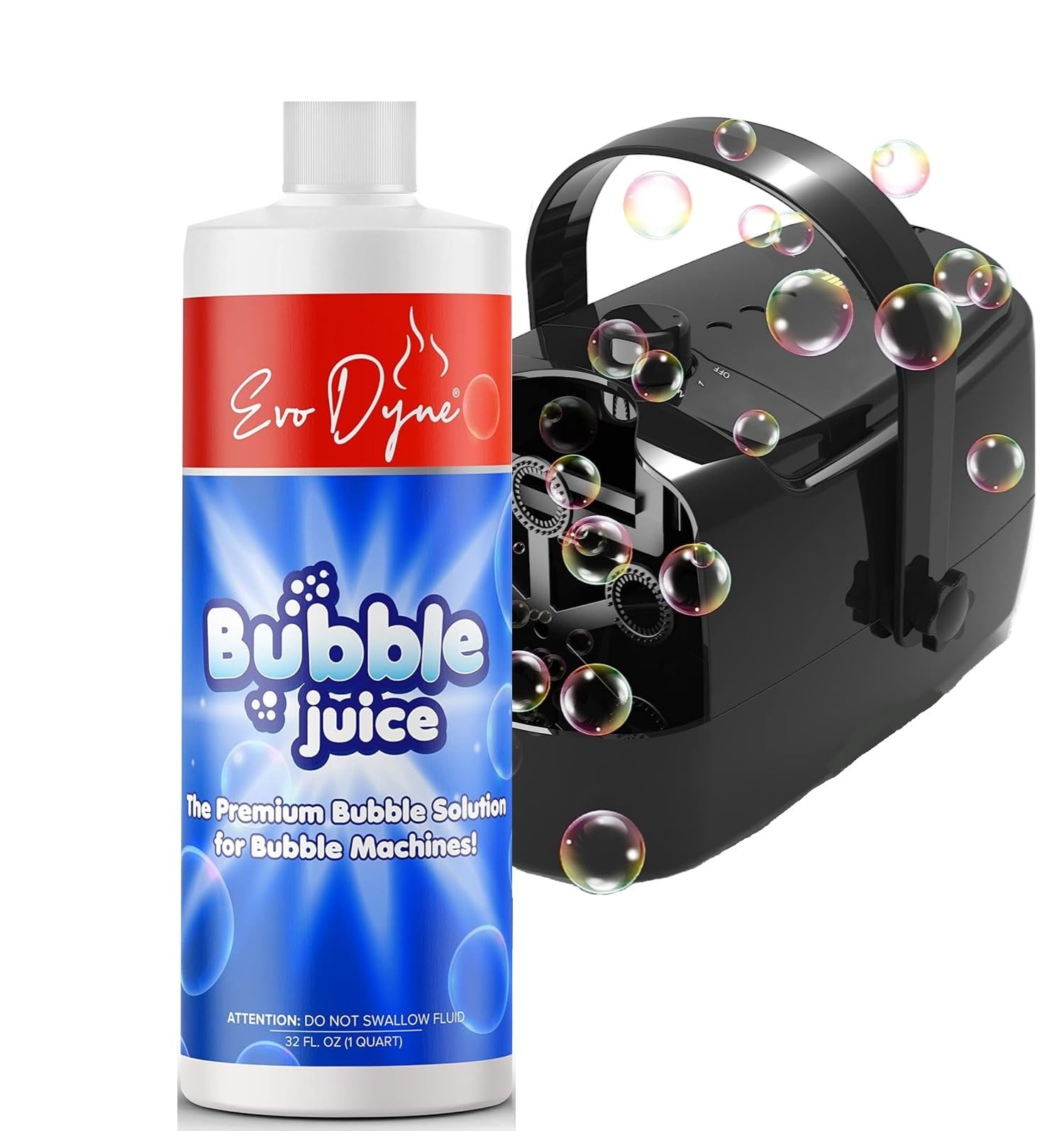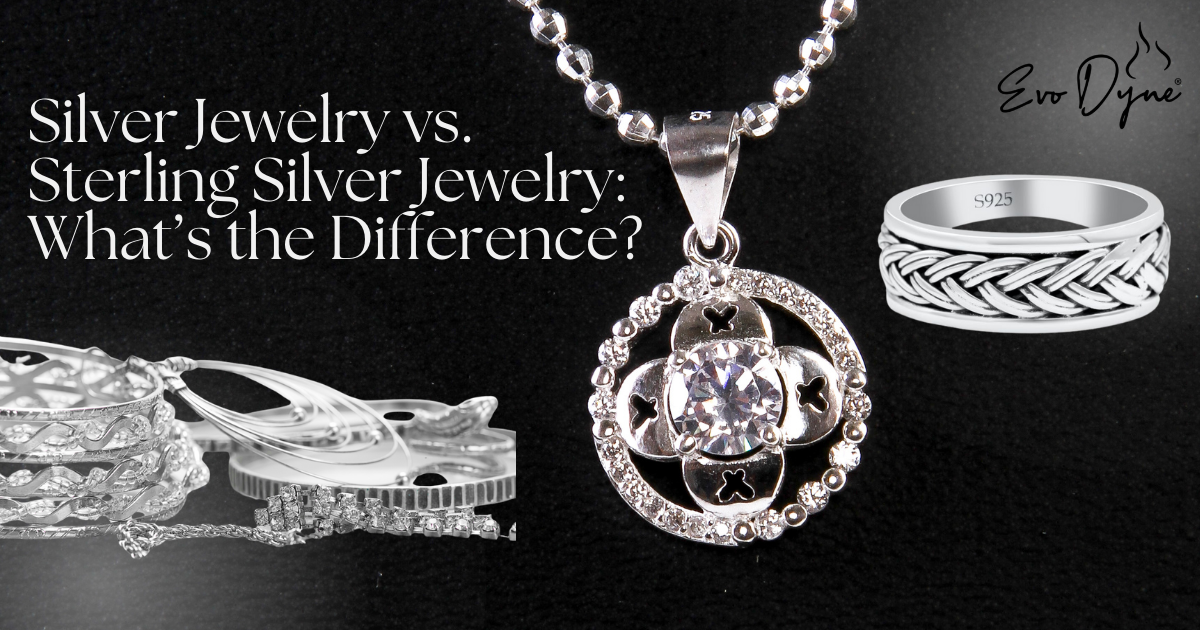When shopping for silver jewelry, you may come across terms like "silver" and "sterling silver." While they may seem interchangeable, there are significant differences between the two. Understanding these distinctions can help you make informed decisions when purchasing high-quality jewelry. In this blog post, we'll explore the differences between silver and sterling silver jewelry, their benefits, and how to choose the best option for your needs.
What is Silver Jewelry? Silver jewelry refers to any piece made from silver, but it doesn’t always mean pure silver. Pure silver, also known as fine silver, is 99.9% silver. However, pure silver is soft and prone to scratching, bending, or losing shape over time. As a result, pure silver is rarely used for jewelry that requires durability.
Learn more about fine silver jewelry
What is Sterling Silver Jewelry? Sterling silver is a silver alloy made up of 92.5% pure silver and 7.5% other metals, typically copper. This combination enhances durability, making sterling silver an excellent choice for jewelry. Sterling silver pieces are often stamped with a "925" hallmark, indicating their silver content.
Understanding Sterling Silver Hallmarks
Key Differences Between Silver and Sterling Silver Jewelry
-
Composition:
-
Pure silver contains 99.9% silver.
-
Sterling silver contains 92.5% silver and 7.5% other metals.
-
-
Durability:
-
Pure silver is softer and less durable.
-
Sterling silver is stronger and more resistant to wear and tear.
-
-
Tarnishing:
-
Pure silver tarnishes less but is fragile.
-
Sterling silver can tarnish over time due to the presence of other metals, but regular cleaning can maintain its shine.
-
-
Affordability:
-
Pure silver is more expensive due to its high silver content.
-
Sterling silver is more affordable and widely available for jewelry lovers.
-
Guide to Silver Tarnishing and Prevention
How to Choose Between Silver and Sterling Silver Jewelry
-
For Everyday Wear: Choose sterling silver jewelry for its durability and longevity.
-
For Collectors: Pure silver pieces are ideal for collectors who want high-purity silver items.
-
For Affordability: Sterling silver offers a balance of quality, beauty, and affordability.
Caring for Your Silver and Sterling Silver Jewelry
-
Store jewelry in a dry place to prevent tarnishing.
-
Use a polishing cloth to maintain the shine of sterling silver.
-
Avoid exposure to harsh chemicals and moisture.
-
For a deep clean, use an ultrasonic jewelry cleaner.
Best Methods to Clean Silver Jewelry
Final Thoughts Both silver and sterling silver jewelry have their unique benefits. If you're looking for durable, stylish, and affordable jewelry, sterling silver is the ideal choice. Understanding these differences ensures you make the right investment when purchasing silver jewelry.





